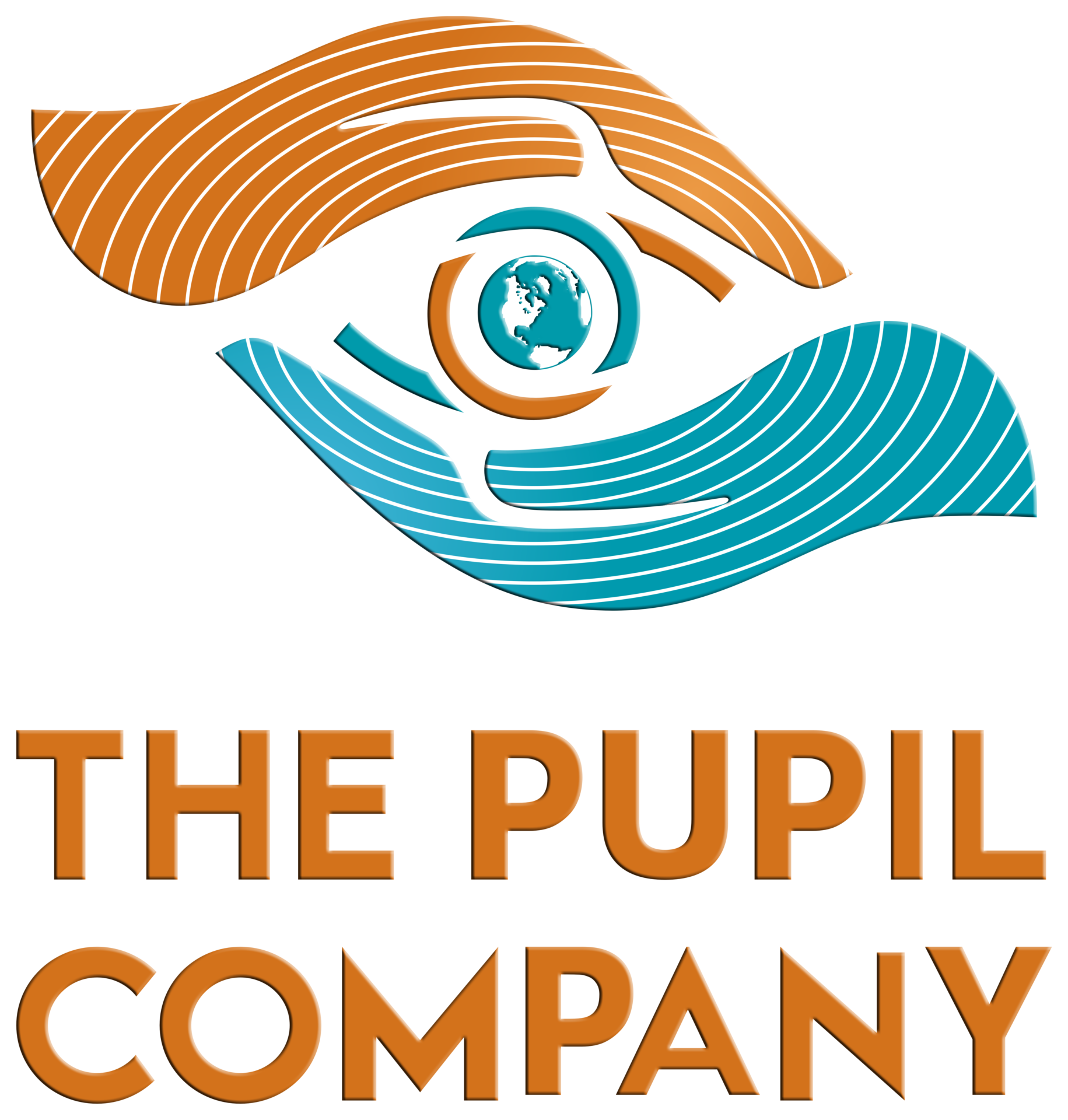Interactive eLearning is like a well-told story that draws you in and keeps you invested until the very last word. It’s more than just delivering information—it’s about creating a dialogue between the learner and the content, one that keeps their attention, encourages participation, and makes the learning experience come alive. When designed thoughtfully, interactive eLearning transforms learners from passive receivers into active participants, making the experience both memorable and effective.
At the heart of interactive eLearning is the concept of engagement, the spark that turns a training module into a journey. Engagement happens when learners feel involved, and the simplest way to do this is through interaction. Imagine a course where learners have to make choices, explore different paths, or solve real-world problems. This type of interaction invites them to think critically and apply what they’re learning in real-time, making the content feel relevant and personal. By embedding quizzes, decision-making scenarios, or even simple reflective prompts, you’re keeping learners connected to the material, guiding them toward deeper understanding and retention.
Another key element is pacing—too slow, and learners lose interest; too fast, and they feel overwhelmed. Interactive eLearning gives learners control over the speed and sequence, allowing them to take the scenic route or head straight to the finish line as needed. This flexibility makes learning feel accessible, no matter the learner’s starting point or pace. Think of it as letting them set the cruise control, adjusting as they go, ensuring they’re neither rushed nor held back. When learners feel they’re in the driver’s seat, they’re more invested in reaching the destination.
Finally, the use of multimedia enhances the experience, creating a rich and engaging environment that goes beyond text on a screen. Incorporating visuals, audio, and video brings concepts to life and caters to different learning styles. It’s like moving from a black-and-white sketch to a full-color painting—the details pop, the message becomes clearer, and the overall experience is more immersive. When learners can both see and hear information presented in dynamic ways, it strengthens their connection to the material and keeps their focus sharp.
To make interactive eLearning work in your training programs, start by embedding points of engagement that encourage learners to interact with the material actively. Design with flexibility in mind, giving learners control over their path and pace, and use multimedia to bring the content to life. By crafting an experience that is engaging, accessible, and visually compelling, you turn eLearning from a static presentation into a journey that holds their attention from start to finish.
